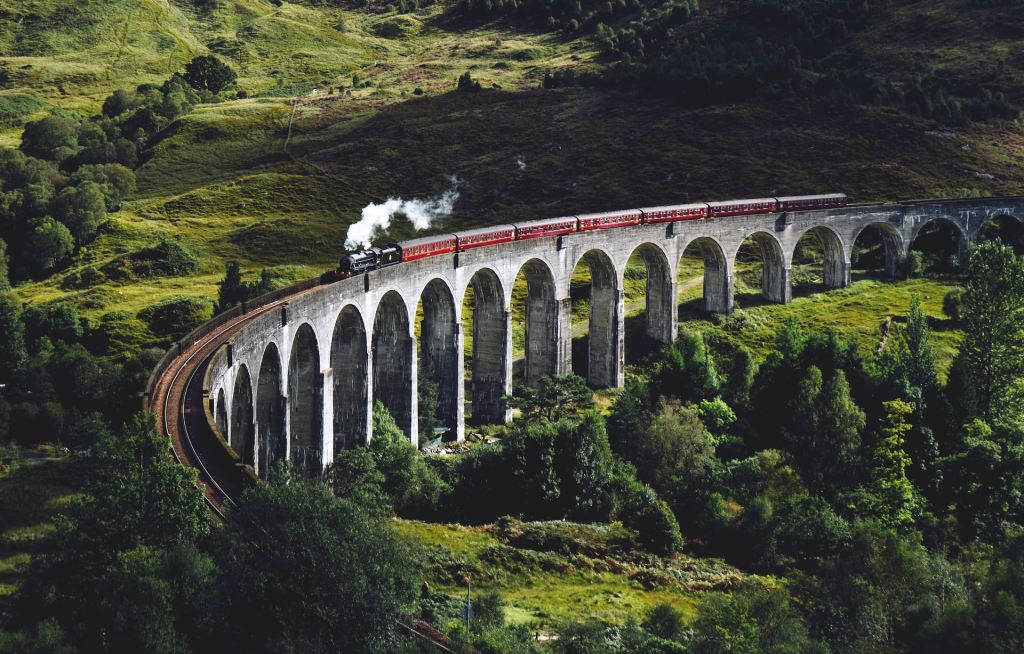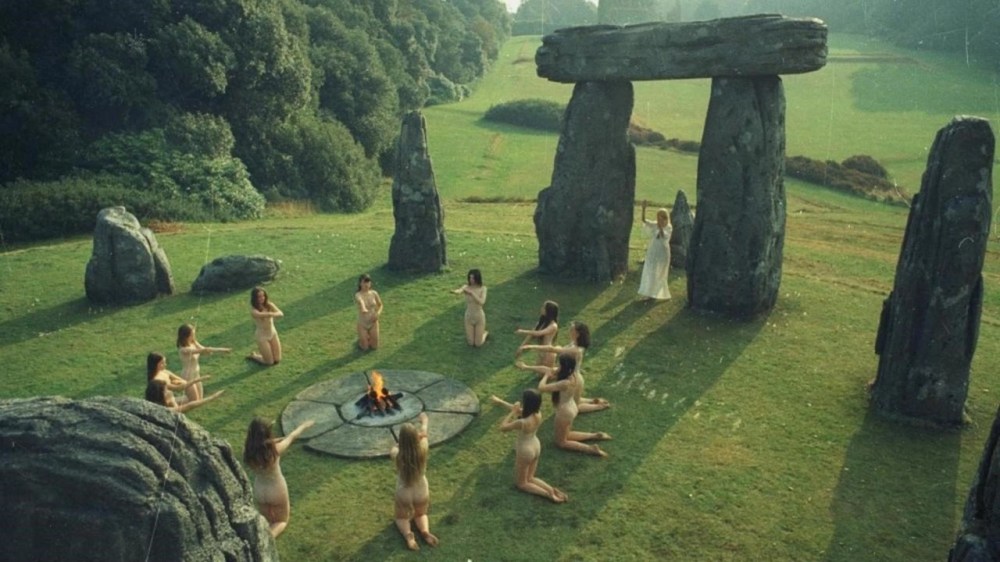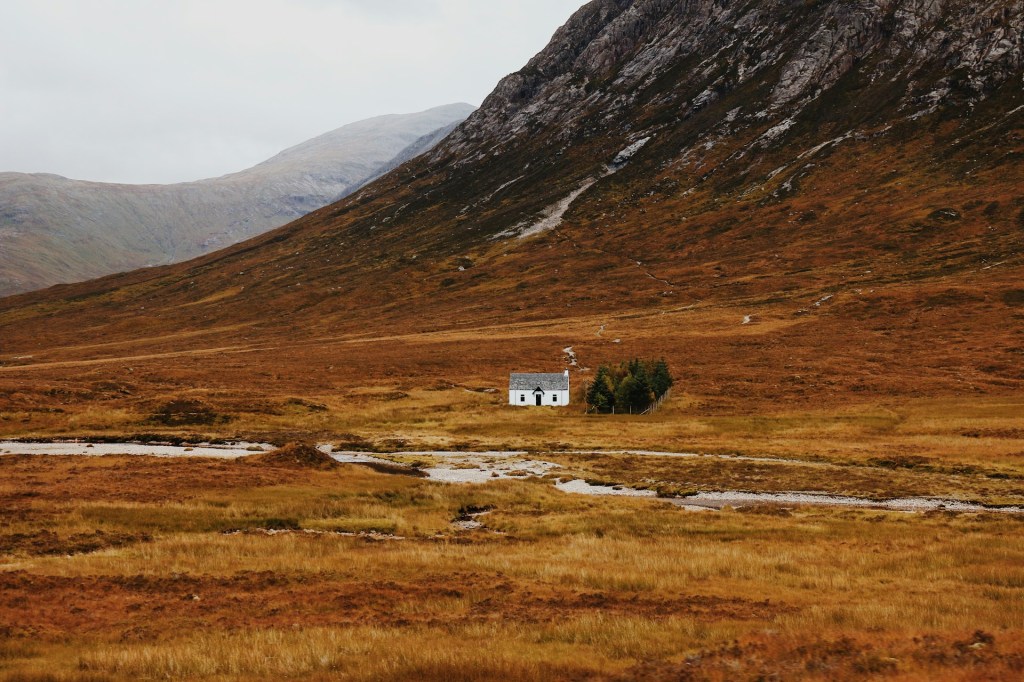Scottish film has a rich and diverse history, showcasing a distinctive cultural identity and a unique storytelling style that sets it apart on the global cinematic stage. The Scottish film industry has produced a plethora of acclaimed works, ranging from gritty dramas to whimsical comedies, all deeply rooted in the country’s rich heritage.
One notable aspect of Scottish cinema is its exploration of the country’s breathtaking landscapes. Filmmakers often leverage the stunning scenery, from the rugged Highlands to the picturesque lochs, to create a visual backdrop that adds depth and authenticity to their narratives. This use of the natural environment is particularly evident in films like “Braveheart” (1995), directed by Mel Gibson, which portrays Scotland’s historical struggle for independence.

In addition to its scenic beauty, Scottish film frequently delves into social and political issues, providing a platform for filmmakers to address topics such as class divisions, identity, and national pride. Ken Loach’s “My Name is Joe” (1998) is a poignant example, shedding light on the challenges faced by working-class individuals in contemporary Scotland.
Scotland has also made a mark in the realm of fantasy cinema with the adaptation of J.K. Rowling’s “Harry Potter” series. Although the films were primarily produced in England, the Scottish landscape played a significant role in shaping the magical world of Hogwarts, with key locations like the Glenfinnan Viaduct becoming iconic symbols of the franchise.

The country’s commitment to fostering emerging talent is evident in its support for film festivals, such as the Edinburgh International Film Festival, providing a platform for both local and international filmmakers. The celebration of Scottish cinema extends beyond its borders, with directors like Lynne Ramsay and actors like Ewan McGregor achieving international acclaim.

Mary Queen of Scots
(2018)
This a historical drama directed by Josie Rourke, offering a compelling portrayal of the tumultuous life of Mary Stuart, played by Saoirse Ronan. Set in the 16th century, the film delves into the complex political landscape and the rivalry between Mary and her cousin, Queen Elizabeth I, portrayed by Margot Robbie. The narrative explores Mary’s journey from her return to Scotland to her eventual tragic fate. The film is praised for its strong performances, especially Ronan and Robbie, as well as its visual richness and emotional depth, providing a poignant and thought-provoking glimpse into the challenges faced by female rulers in a male-dominated world.

Trainspotting
(1996)
Directed by Danny Boyle and released in 1996, is a visceral and gritty portrayal of the heroin culture in Edinburgh during the 1980s. Adapted from Irvine Welsh’s novel, the film follows the chaotic lives of a group of friends, led by Ewan McGregor’s character, Mark Renton. With its dynamic storytelling, unconventional narrative structure, and a pulsating soundtrack featuring iconic tracks like “Born Slippy” by Underworld, the film captivates audiences with its raw energy. “Trainspotting” explores addiction, friendship, and the pursuit of a better life, leaving an indelible mark on cinema for its bold style and unflinching depiction of societal challenges.

Local Hero
(1983)
A charming 1983 comedic drama directed by Bill Forsyth. The story follows Mac MacIntyre, a Texas oil executive played by Peter Riegert, sent to a picturesque Scottish village to negotiate buying it for an oil refinery. The film beautifully captures the clash between corporate America and the quaint Scottish way of life. The characters, including eccentric locals and the mysterious beachcomber played by Burt Lancaster, add depth to the narrative. “Local Hero” is celebrated for its wit, humour, and poignant commentary on the impact of progress. The film’s timeless appeal lies in exploring cultural differences and the unexpected connections that can bridge them.

The Wicker Man
(1973)
One of the most iconic British horror films ever made, “The Wicker Man” directed by Robin Hardy, is known for its eerie atmosphere and unconventional storytelling. Starring Edward Woodward as Sergeant Howie, the film follows his investigation of a missing girl on a remote Scottish island, only to unravel a disturbing pagan cult. The film is celebrated for its suspenseful build-up, haunting folk soundtrack, and a chilling climax featuring the titular Wicker Man – a towering effigy used in a pagan ritual. “The Wicker Man” is considered a cult classic, praised for its unique approach to horror and exploration of themes such as religion and tradition.

Rob Roy
(1995)
Directed by Michael Caton-Jones. This historical drama starring Liam Neeson is set in 18th-century Scotland and revolves around the life of Rob Roy MacGregor, a nobleman and folk hero. The story delves into themes of honour, justice, and betrayal as Rob Roy faces the ruthless actions of the aristocrat Archibald Cunningham, played by Tim Roth. The film received critical acclaim for its compelling narrative, strong performances, and lush cinematography. Neeson’s portrayal of Rob Roy earned him praise, and the movie remains a noteworthy entry in the historical drama genre.

In conclusion, Scottish film is a vibrant and essential component of the global cinematic landscape. Through its exploration of diverse themes and its use of captivating landscapes, Scottish cinema continues to captivate audiences and contribute significantly to the world of filmmaking.
Comment below to let me know your favourite film set in Scotland

Leave a comment